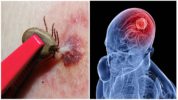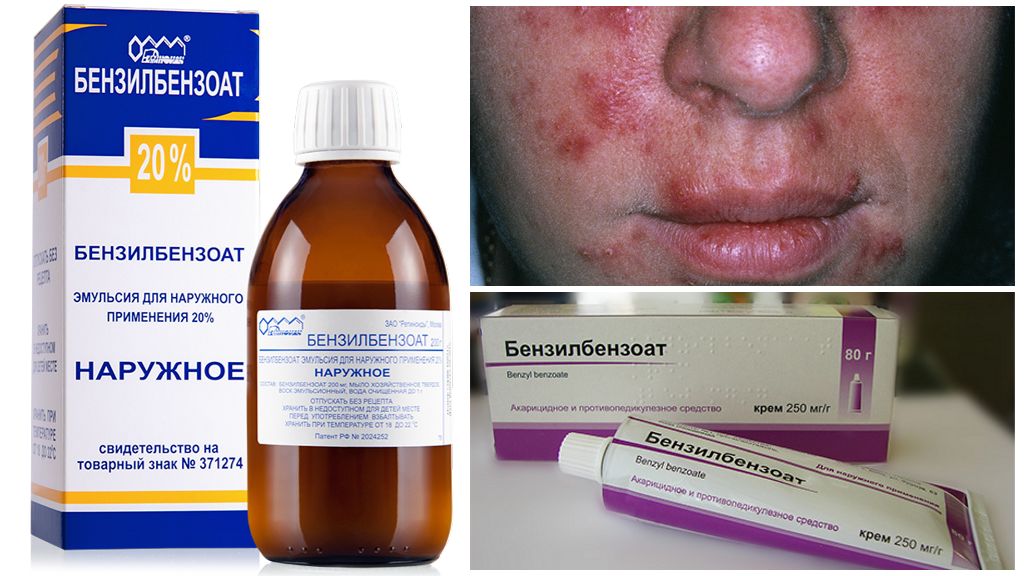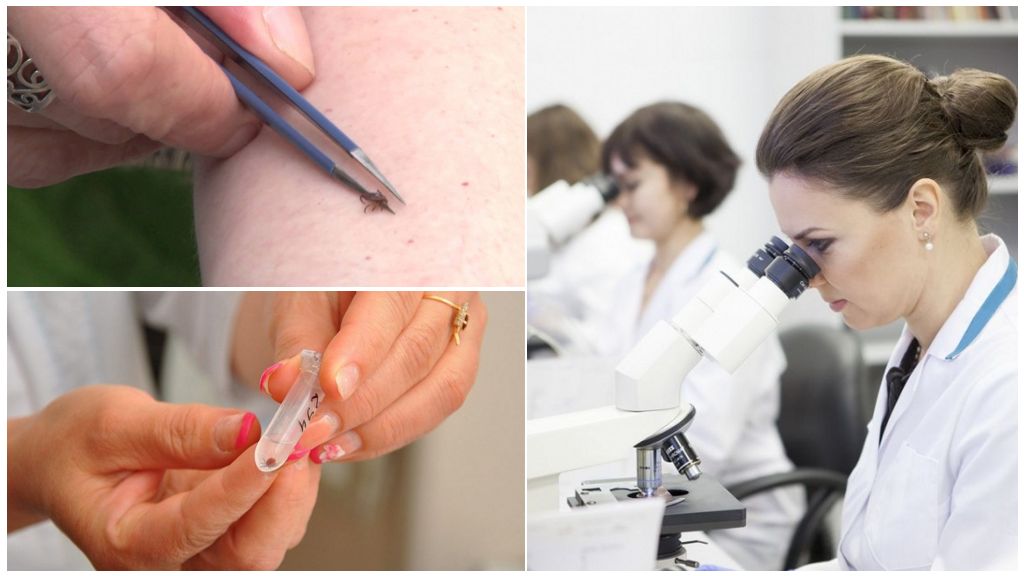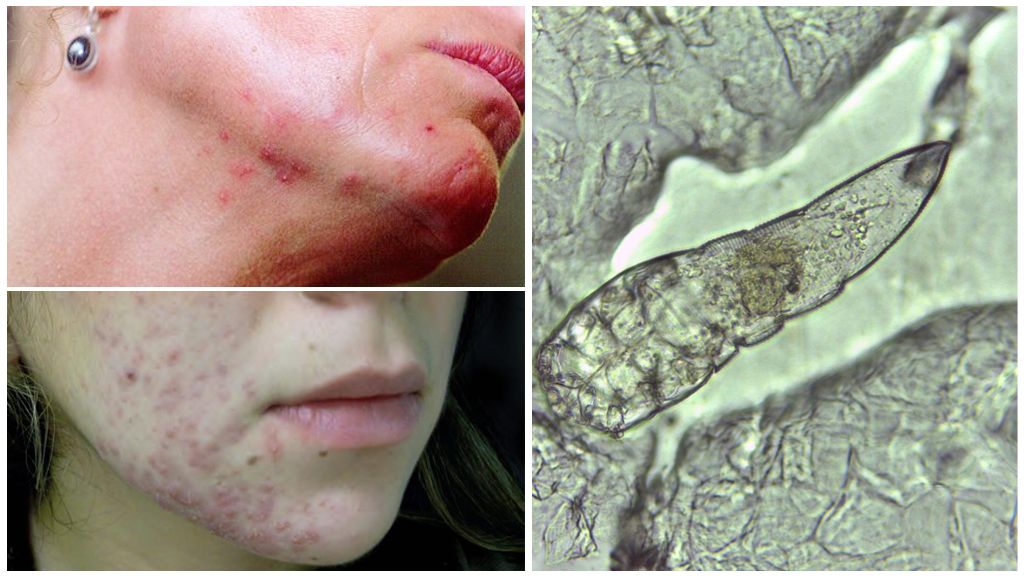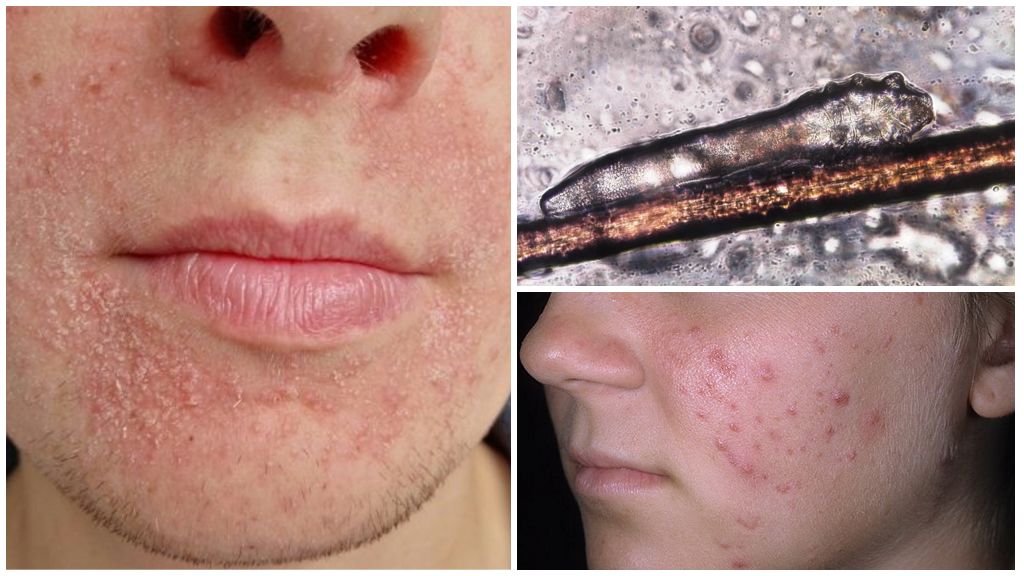- Tick-borne viral encephalitis
- Tick Diagnosis
- Tick-borne encephalitis vaccine
The SanPiN for tick-borne encephalitis is officially called “PREVENTION OF INFECTIONS TRANSMITTED BY IXODIC MITS”. The new SanPiN 3.1.3310-15 was approved by the Decree of the Chief State Sanitary Doctor of the Russian Federation of November 17, 2015 N 78. The document was registered with the Ministry of Justice of Russia on February 12, 2016 (N 41065).
Current SanPiN for tick-borne encephalitis - general information
This document sets out the requirements for a set of preventive, organizational measures to prevent the spread of infection transmitted ixodid ticks. The new SanPiN addresses the following issues:
- Identification of sick persons, persons with suspected tick-borne encephalitis.
- Diagnosis of infections in laboratories.
- Registration, registration, full statistics regarding all cases of the disease.
- Measures to ensure state supervision of the situation in the country.
- Organization of preventive measures - vaccination.
- Hygienic education of the population regarding behavior in dangerous regions.
Important!
Compliance with sanitary rules and requirements for tick-borne encephalitis is mandatory for implementation by state authorities, local self-government, legal entities and individuals. Monitoring of implementation is carried out by authorized services - the Federal State Sanitary and Epidemiological Surveillance.
General provisions of the document
Tick-borne viral encephalitis is a natural focal acute viral infection transmitted by several types of ticks. There is a predominant lesion of the central nervous system - the brain, spinal cord. It is characterized by a variety of clinical manifestations, severity, complications. The effects of tick-borne encephalitis diverse: from complete recovery to disability, death.
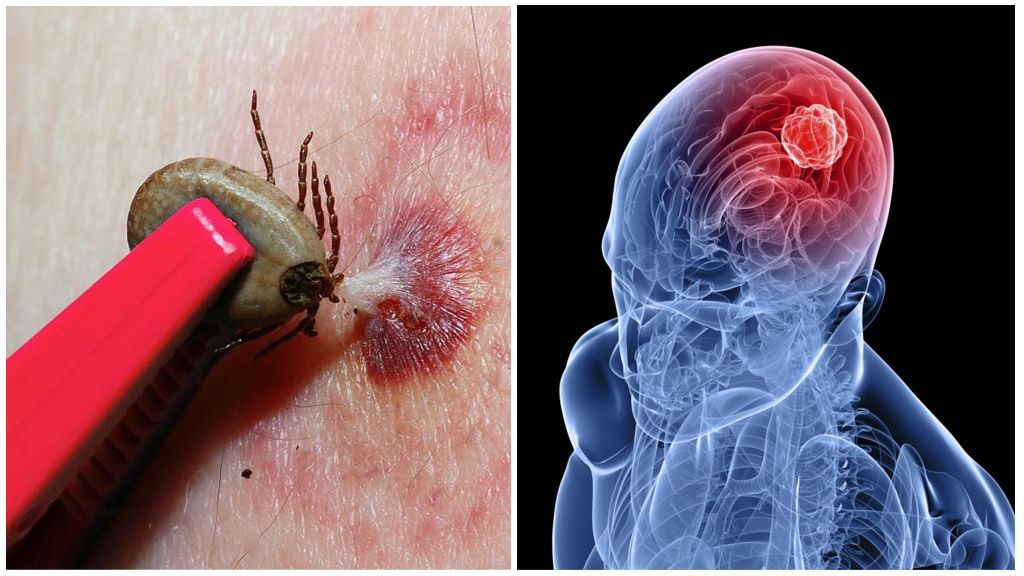
The foci of viral infection coincide with the habitat of the carriers of the infection: ticks (Ixodes persulcatus, Ixodes ricinus). Found in forest, forest-steppe zones. For mass breeding required air temperature within 22 degrees Celsius, high humidity. Ticks infect a person in the process of suctioning or crushing them when improperly removed. The reservoir of the virus are ixodid ticks, rodents. The hosts are large, small mammals, birds.
The main joint venture for tick-borne encephalitis is vaccination, emergency administration of immunoglobulin within 4 days after tick bite. Non-specific prevention methods include:
- land clearing, land improvement;
- processing of forests, parks, cemeteries, recreation areas, kindergartens, health facilities with chemicals from ticks, rodents;
- personal protection of people - special clothesperiodic self-examination;
- application of special repellents.
On a note!
The main symptoms of the disease are fever, nausea, muscle pain, fever.In 20% of cases, the disease is asymptomatic.
Patient identification
Duties are assigned to doctors of all specialties, medical workers of various institutions, regardless of the legal form. Information is obtained when patients seek medical help in special institutions, at home.
On a note!
Specialists are obliged to assist in the extraction, removal of the tick, to inform the victim about further actions. Give the arachnid to the laboratory for research.
When people with bright signs of tick-borne encephalitis seek help after visiting a danger zone, a tick bite, they are immediately hospitalized. Spend laboratory and differential diagnosticscarry out treatment. Human immunoglobulin is administered to prevent complications and prevent severe forms.
Laboratory diagnostics, research methods
The material for virological, serological studies is blood, cerebrospinal fluid, tick.

If you suspect encephalitis in people, the material for examination is taken in the first days of the disease, but not earlier than 14 days after the bite. Arachnid check right away. Ticks removed from the body are placed in a sealed sterile container on a moist cotton swab, sent to the laboratory for research. The virus is determined by enzyme immunoassay (ELISA), polymerase chain reaction (PCR). The material is a living, dead tick or part of its body.
To examine patients for tick-borne viral encephalitis, the virological, molecular genetic (PCR), and serological methods are used. Each case of detection of infection is subject to mandatory registration.
Vaccination
Sanitary rules provide for vaccination of people living or temporarily in epidemiologically dangerous areas. Tick-borne encephalitis vaccinations do state, municipal, private medical institutions, clinics. To prevent an epidemic, vaccination should be at least 95% of the entire population of the region.
For prevention, use domestic, imported medicines that are approved for use in the Russian Federation for free or for money. Each case of vaccination or failure is recorded.
On a note!
Children are massively recommended to be vaccinated from 4 years. The course consists of 3 vaccines. Repeatedly do injections in a month, 1 year. Immunity protection lasts for 3 years.
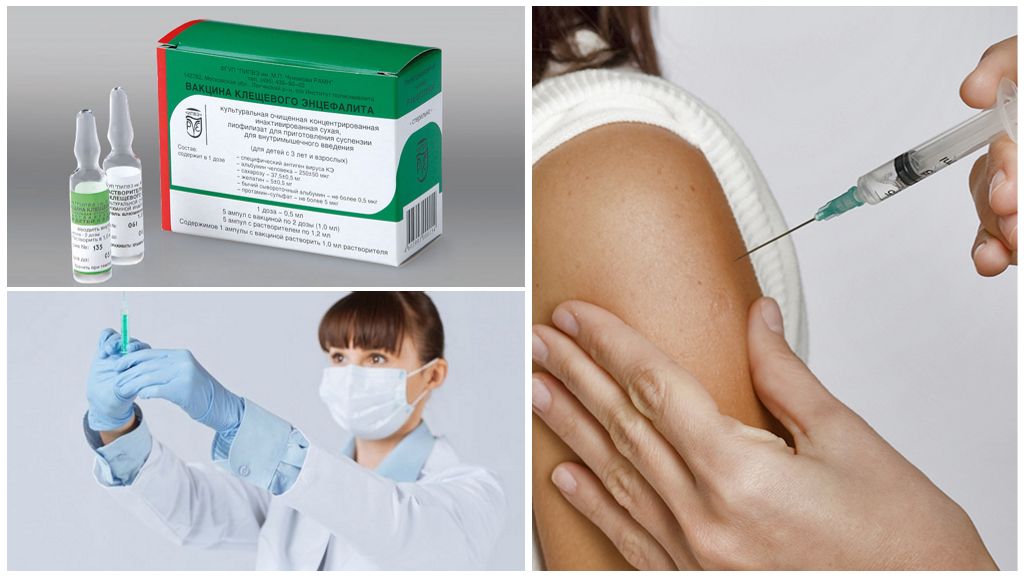
Emergency measures
JV prophylaxis of tick-borne encephalitis provides for the emergency introduction of human immunoglobulin after a tick bite for 4 days. The drug must be administered:
- unvaccinated people;
- individuals who have received an incomplete course of vaccination;
- not having documented evidence of vaccination;
- in the presence of defects, complications in the course of the vaccination course - low-quality drugs, improper procedure, etc.
Immunoglobulin prophylaxis is carried out in medical institutions for free or for the money of the patient.
Nonspecific prevention, hygienic education of the population
SanPiN for ticks is aimed at bite warningsucking pests to people
Key events:
- personal protection - wearing special clothes, periodic inspection of the body, washing clothes;
- tick extermination using chemicals;
- extermination of rodents: mice, rats.
Hygienic education of the population consists in providing information about the danger of the disease, ways of infection, the rules of behavior after sucking a tick, the first manifestations of tick-borne encephalitis.
Organization of events for tick-borne encephalitis prevention assigned to state, local authorities, medical institutions, legal, physical persons.Epidemiological surveillance of the situation in nature among the population is assigned to special sanitary and epidemiological bodies.
